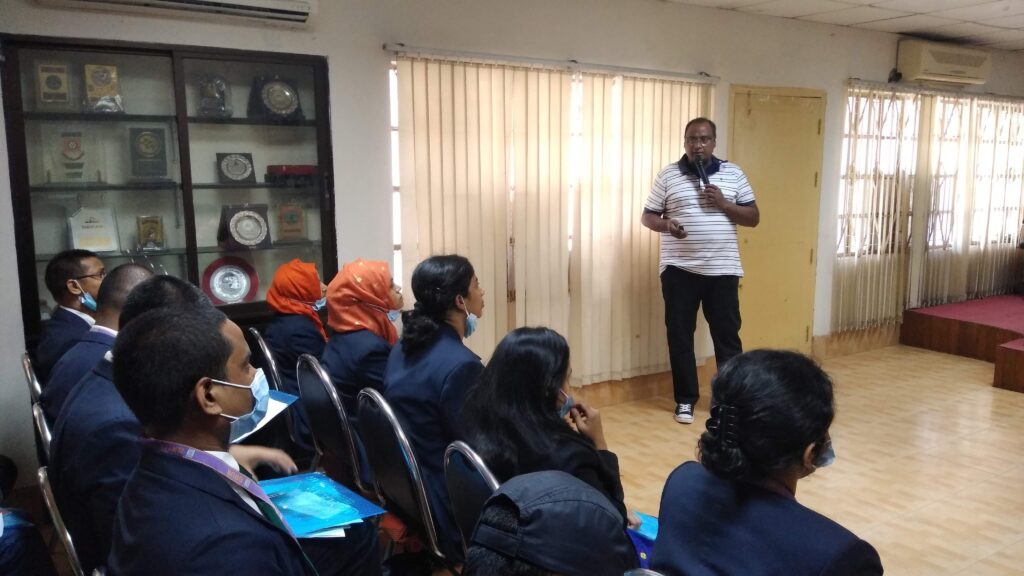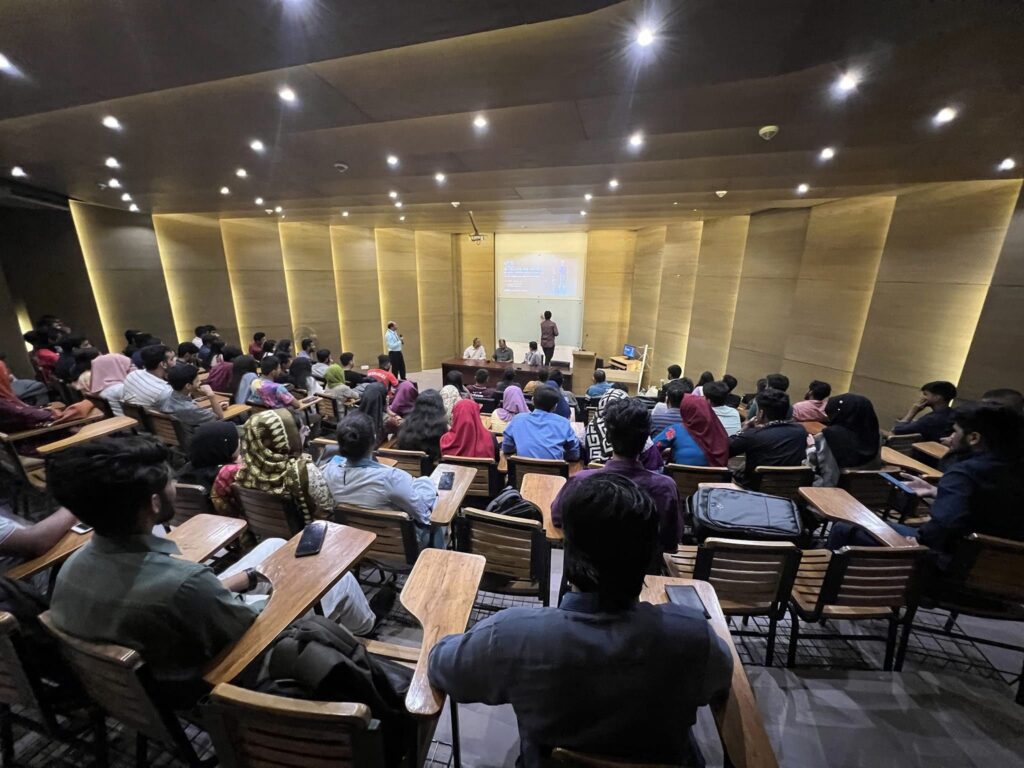News link
https://www.prothomalo.com/technology/ra3c21z2g1
Amateur radio operators in Bangladesh have played a crucial role in assisting flood victims in areas like Feni, Sona Gazi, and Comilla. During the recent floods in Feni, these operators became lifelines when traditional communication networks failed. They coordinated rescue and relief efforts, relaying critical information between the Army, local authorities, and rescue teams. Their efforts included setting up base stations and control rooms to facilitate communication, which was vital for organizing over 375 rescue operations in remote areas. This community-driven initiative showcased the dedication and resourcefulness of amateur radio operators in times of crisis.
Eight districts of Bangladesh were flooded late at night without any advance notice. Mobile phones are not working in remote places, there is no internet, and communication is disrupted. In such situations, only amateur radio or ham operators can provide quick assistance with emergency communication.
When all modern communication systems are disconnected, an amateur radio operator tries to communicate with his own radio. Two days after the flood, Robin (amateur radio contact number: VK2VRB/S21RB) called from Australia and said that amateur radio operators in the country had already gone to the disaster area and had established radio communication as volunteers. I also joined the ‘Flood Control’ group with amateur radio friends in Dhaka through the Zello app. Ragib Naeem from the Dhaka University Student-Teacher Center (TSC) told me that Sanjana and her husband have been trapped in a school building in Feni’s Fulgazi upazila for two days. They need to be rescued on an urgent basis. Because Sanjana is pregnant. I sent the message to Fahad (S21AF) and Sajal (S21DAC). They contacted the Feni control station, from where the news reached the army rescue team.
In this way, volunteers with amateur radios are providing services across two or three networks. When I was in the country (in the 1990s of the last century), I was involved in establishing communication through amateur radio during cyclones. At that time, the internet and mobile phone use were not readily available. Apart from that, we used to get forecasts of major cyclones. Basically, cyclones used to rage all over the coastal areas. But this time the situation is completely different, suddenly in the dark of night, all the towns and villages were submerged. A serious situation has developed in the area with a radius of 70 kilometers centered on Feni city. The conventional communication system in this area has been cut off. This is where amateur radio operators are establishing communication services and connecting with the rest of the country.
From the Feni District Commissioner’s Office (DC Office), they are bringing the army, Red Crescent, Fire Brigade – everyone under communication and sending the information to the right place. Other organizations are able to take immediate action on that information. How did amateur radio volunteers join the Feni Disaster Management Team? On the evening of August 21,2024 Fahad (S21AF, S21CP), Jihad (S21MOB) and Alam (S21AK) were sitting and chatting in Dhaka. In the meantime, they heard that a radio operator was going to Feni as a scout and fire service volunteer to help. Hearing this, the Fahads decided that they would also go with all the radio equipment. Because the communication system in Feni was being cut off. After contacting other hams in Dhaka and Khulna, it was decided that a four-member advance party would go to the Feni Deputy Commissioner’s office early in the morning. In the pouring rain, they collected life jackets, radios, batteries, dry food, etc., and set off for Feni early the next morning. On the morning of August 22, when they reached the Miabazar area, 20 kilometers from Feni, their bus could no longer move forward. The water and traffic jams on the road were a disaster. Then three ham volunteers got off the bus and started controlling traffic on the road. After restoring some order, they somehow reached the Feni Deputy Commissioner’s office by taking a bypass. When they explained to Deputy Commissioner Shahina Akhter what amateur radio was and how they could help as volunteers, the Deputy Commissioner immediately agreed. He gave them a place to set up a radio station within the Deputy Commissioner’s office. It is worth mentioning here that at that time, mobile phones, internet services were shut down, and there was no electricity connection in Feni. Feni had become an isolated district. There was no way to communicate with Dhaka. If the antenna could be raised much higher, the VHF (Very High Frequency) coverage would increase further, and the walkie-talkie signal could even reach Dhaka. A 15-storey building near the Deputy Commissioner’s office was given space to set up another radio station. Ham operator Rabbi (S21RC) and a few others set up a fifteen-element Yagi antenna and base station on the top of the Scout Bhaban in Kakrail, Dhaka. When the message was broadcast from here, the signal could be received in Feni. But since Feni did not have such a large antenna, Dhaka could not receive the Feni signal. Anyway, it was one-way communication. That means, Feni would receive the message from Dhaka from the roof of the 15th floor. From there, it will be sent (relayed) to the District Commissioner’s office. By nightfall, the work started in full swing. Meanwhile, seeing the convenience of amateur radio at the DC office in Feni, the army team also wanted to connect. Another base station was set up in their place. It was decided that at least one amateur radio operator would be there all the time.
How it worked ?
The way it worked through amateur radio was that requests for relief and rescue from Dhaka and other places would be listed at the DC office. Officers of Feni Sadar and surrounding upazilas or others who would go for rescue work would be accompanied by an amateur radio operator and they would communicate with the operator on the 15th floor from there. The information would be sent to the DC office from the radio station on the 15th floor. Messages would continue to be collected in this way throughout the day and every morning the army personnel would decide where to conduct the rescue operation or where to deliver the relief. Within a day, everyone understood how amateur radio was helping them in their communication. It was decided to set up radio stations in hospitals and army medical camps as well.
The example of service that amateur radio volunteers have created by eating only some dry food amidst the storm, rain and flood water is unique in a word. A lot of effort has been spent to get an amateur radio license in the country and to get a modern radio. I hope that the Bangladesh Telecommunication Regulatory Commission (BTRC) will decide to update their rules after seeing the activities of the volunteers in this flood.
Munim Hossain Rana: US-based physicist, amateur radio contact numbers KF5IVL and S21R


